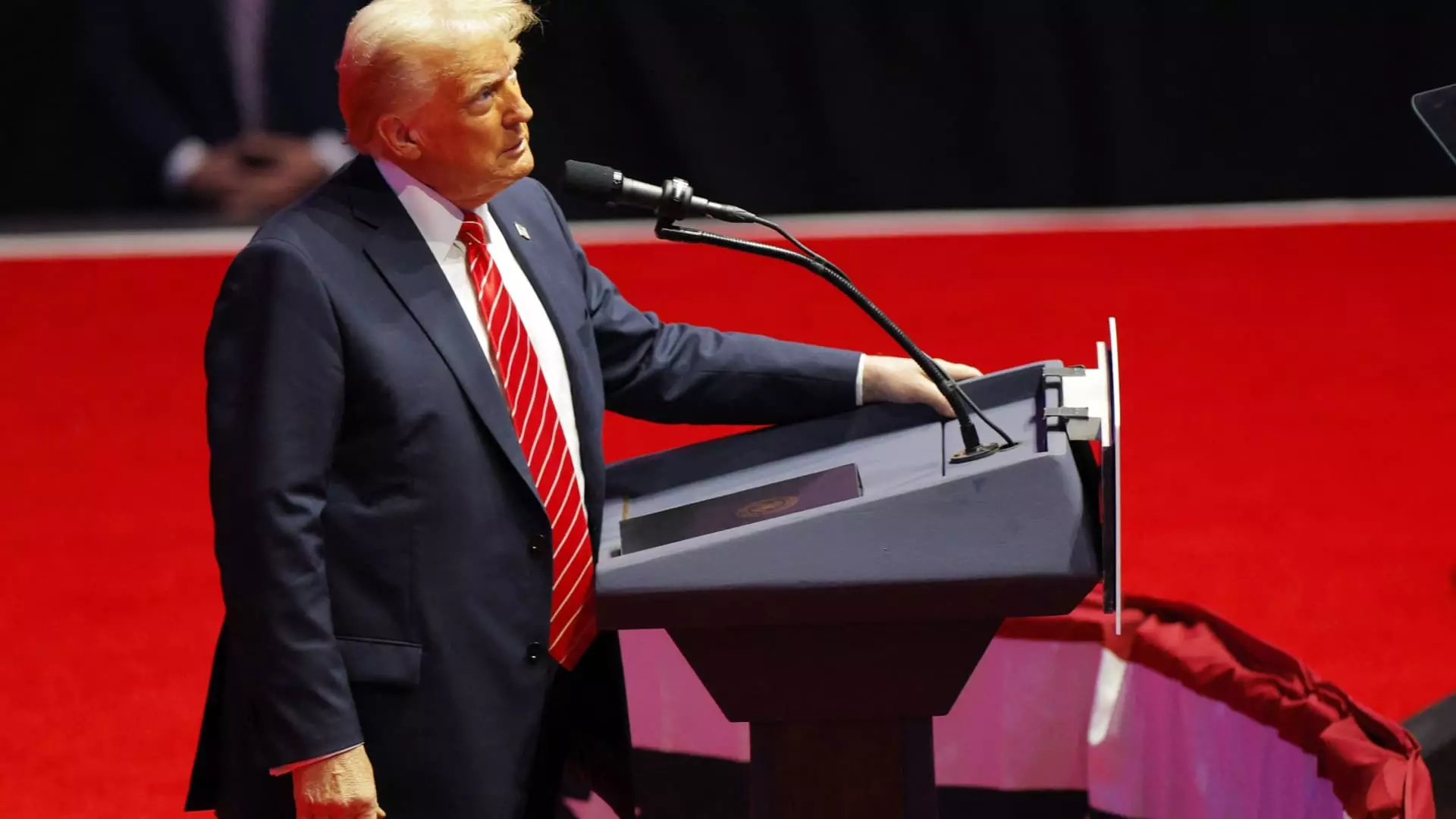As President-elect Donald Trump prepares for his inauguration, the political landscape anticipates a series of executive orders that could significantly alter U.S. economic policy. Notably absent from this anticipated agenda, however, are immediate tariffs against foreign trading partners. Although Trump has a history of advocating for aggressive trade practices, his first official act will merely be a memorandum focusing on reviewing existing trade agreements and policies, rather than implementing new duties. This shift suggests a strategic reevaluation of Trump’s approach to trade, particularly in regard to major players like China, Canada, and Mexico.
The trade memorandum that Trump is poised to enact directs federal agencies to thoroughly investigate claims of unfair trade practices and currency manipulation. This represents a notable departure from his more confrontational campaign rhetoric, which often included sweeping tariffs and aggressive economic measures. While the content of the planned memorandum signals a willingness to engage with these economies through analytical means rather than outright penalties, it raises questions about the long-term direction of U.S. trade policy. The emphasis on assessment rather than immediate action suggests a potential pivot toward a more diplomatic or data-driven approach.
Reports indicate that advisors within Trump’s inner circle are contemplating a phased approach to trade tariffs, potentially introducing incremental tariff increases of 2% to 5% monthly. This introduces a contrast to Trump’s previous stance of imposing universal tariffs, heightened significantly for China, which many described as reactionary and detrimental to economic stability. The ambiguity surrounding his tariff strategy raises critical questions for lawmakers, economists, and businesses alike about the implications of a more measured trade tactic versus one characterized by immediate and sweeping changes.
The hesitance to enact tariffs on his first day in office aligns with concerns voiced by economists regarding the repercussions of stringent protectionist measures. Many warned that imposing high tariffs could escalate production costs and lead to increased prices for consumers recovering from the financial strains imposed by the pandemic. With the global economy still in a state of delicate recovery, any drastic trade policy shifts could unravel the progress made in stabilizing markets.
Ultimately, Trump’s initial steps in office indicate a significant yet cautious recalibration of his trade policy doctrine. By prioritizing assessment over rapid imposition of tariffs, the Trump administration seems to balance its more aggressive campaign promises with the realities of economic governance. As this new chapter unfolds, observers will closely monitor how these evolving trade strategies affect both domestic and international economic landscapes, hoping for stability and growth amidst uncertainty. The unfolding narrative of U.S. trade policy under Trump presents an opportunity for a more coherent approach that recognizes the intricacies of global economics while still asserting America’s interests.

